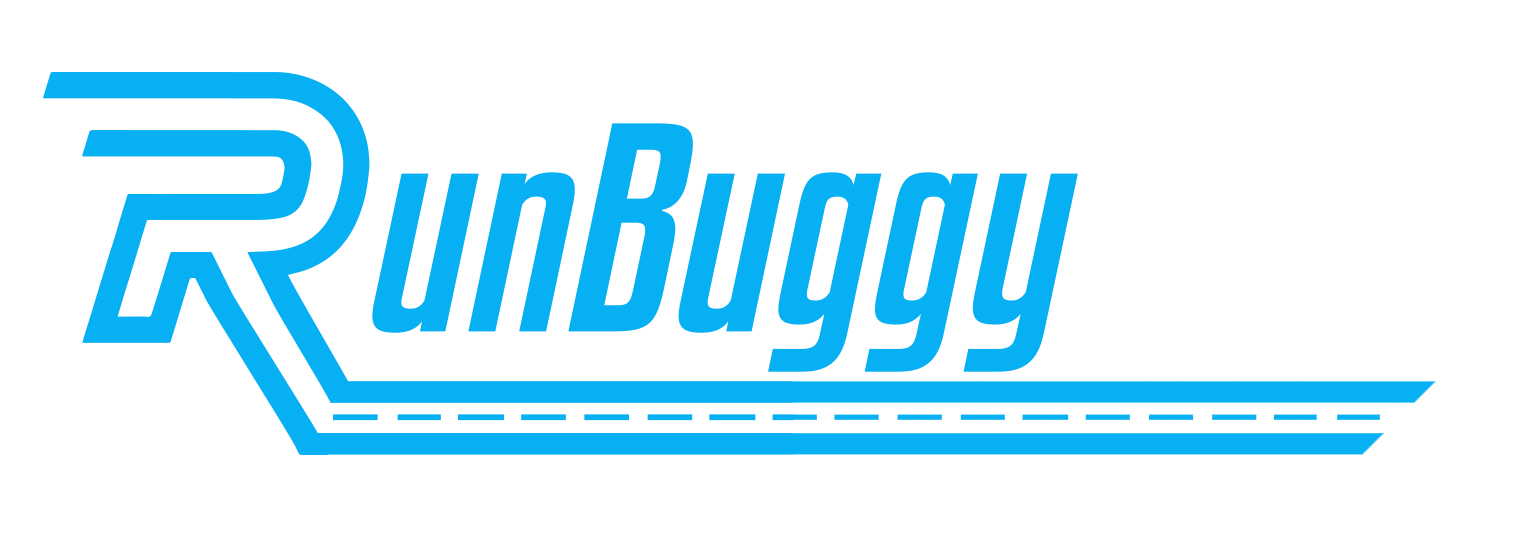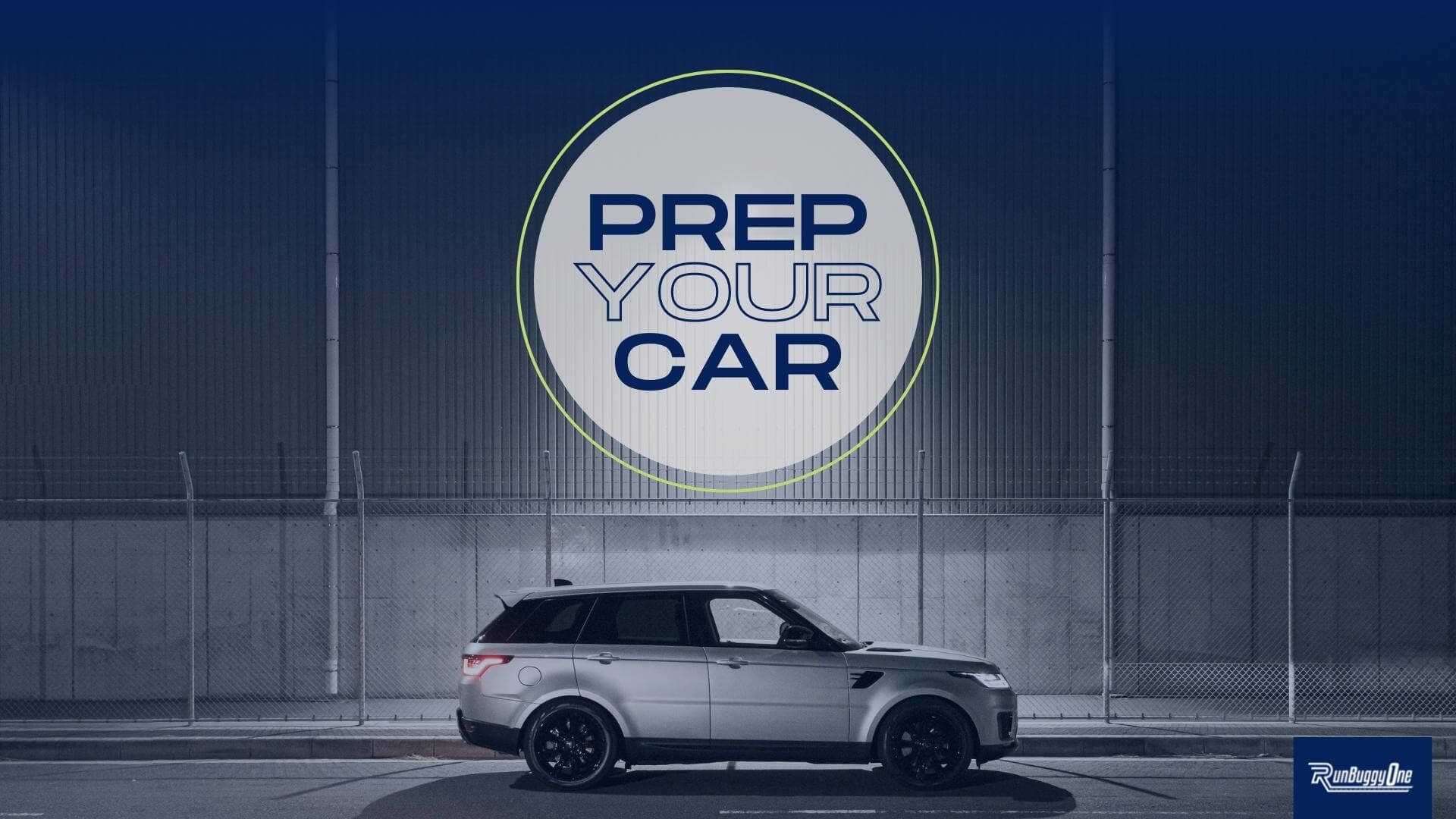First time getting a vehicle hauled? I’m sure you have lots of questions. You will need to know how to prepare your vehicle for shipping. Whether you are moving for work, school, or better weather, you can save a lot of miles on your tank by getting it hauled. If you want to get your vehicle shipped to your new home, there’s just a little bit of prep involved.
- Take a picture of your car– The first step is to snap a picture of your car. Your hauler will do a damage inspection before loading your vehicle up to be towed, but it is a good idea to take some photos of your vehicle before you get it hauled. You’ll sign a Bill of Landing document to have an inspection done at the time of pick up and drop off. If any damage occurs during transport, flag the order within 24 hours to start an investigation into the claim.
- Remove personal items from the vehicle– Make sure you have all personal items removed from your vehicle. Personal items are not covered by a carrier’s cargo insurance, so you’ll want to pack them all up to avoid damage or theft. If you do need to store items for any reason, make sure they are securely packed in the trunk. These items should be packaged well or tied down, so they don’t shift during transport.
- Make sure your tires, battery, and radiator are good to go– Tires should be properly inflated, battery charged, and radiator filled with antifreeze. Your car will only be driven up and down the loading dock, but there is a potential for issues if your car is not properly maintained before transport. It is a good idea to have everything checked beforehand.
- Turn off any alarms– Don’t leave your hauler with a vehicle alarm that they don’t know how to turn off. Be sure to disable any alarm systems in your vehicle before turning it over to the hauler. If you’re not sure how to turn off the alarm for your specific vehicle, search online or look it up in your instruction manual.
- Don’t fill your tank up– Your car isn’t going to be driven any more than what is required for loading and unloading, so there’s no need to have a full tank. It is recommended that you leave your gas 1/8 to 1/4 of the way full. Extra gas can add extra weight to the vehicle and isn’t necessary for transport.
- Remove any toll tags – If you live in an area that requires tolls, you probably have a tag on your windshield. Make sure that you remove or deactivate any toll tags prior to hauling. You don’t want your vehicle getting picked up by toll cameras resulting in extra charges that you shouldn’t have to pay. Avoid any extra fees by removing these tags before turning your vehicle over.
Is your vehicle ready to get shipped? Get a free, no-obligation quote today at runbuggyone.com




